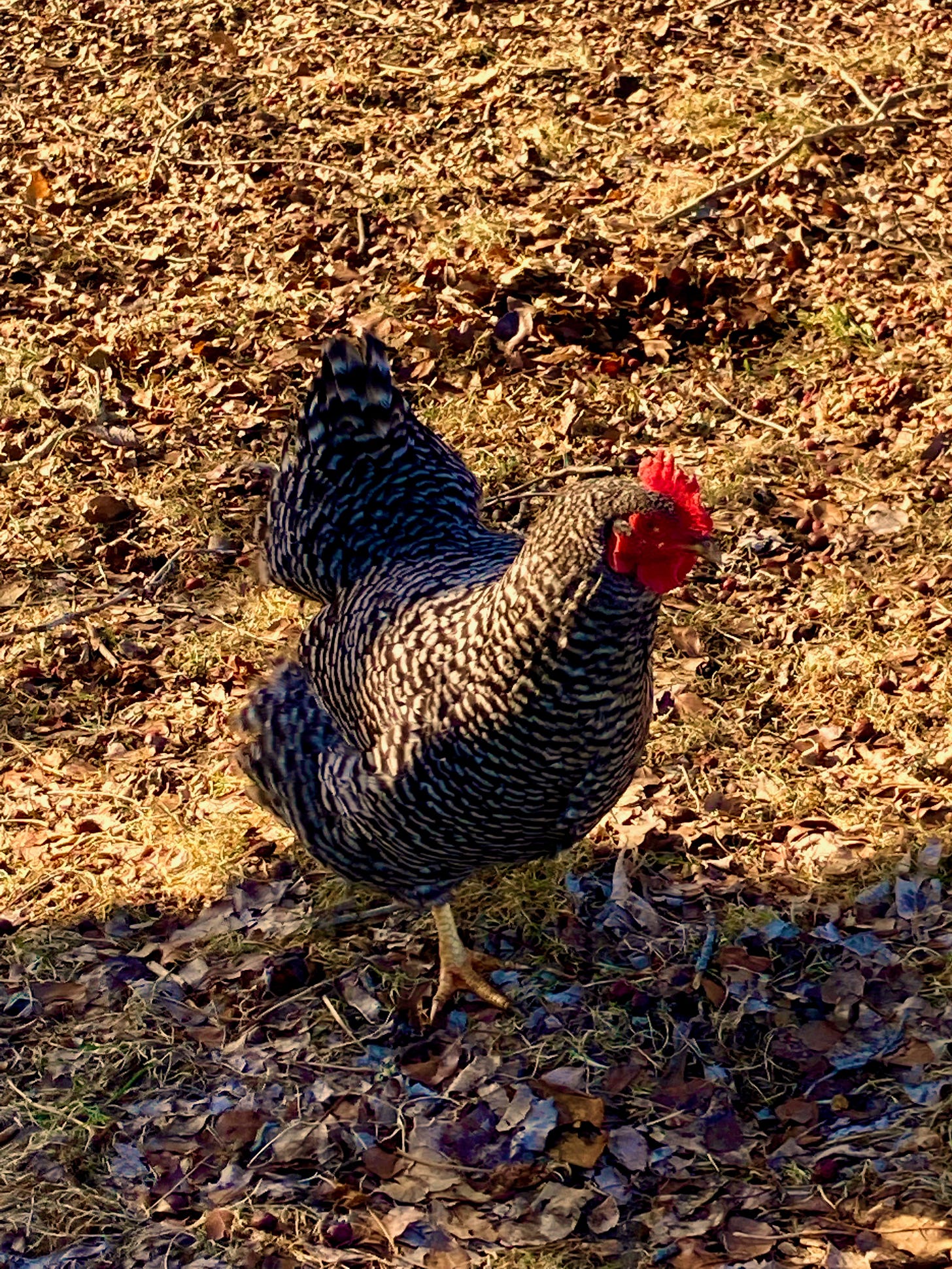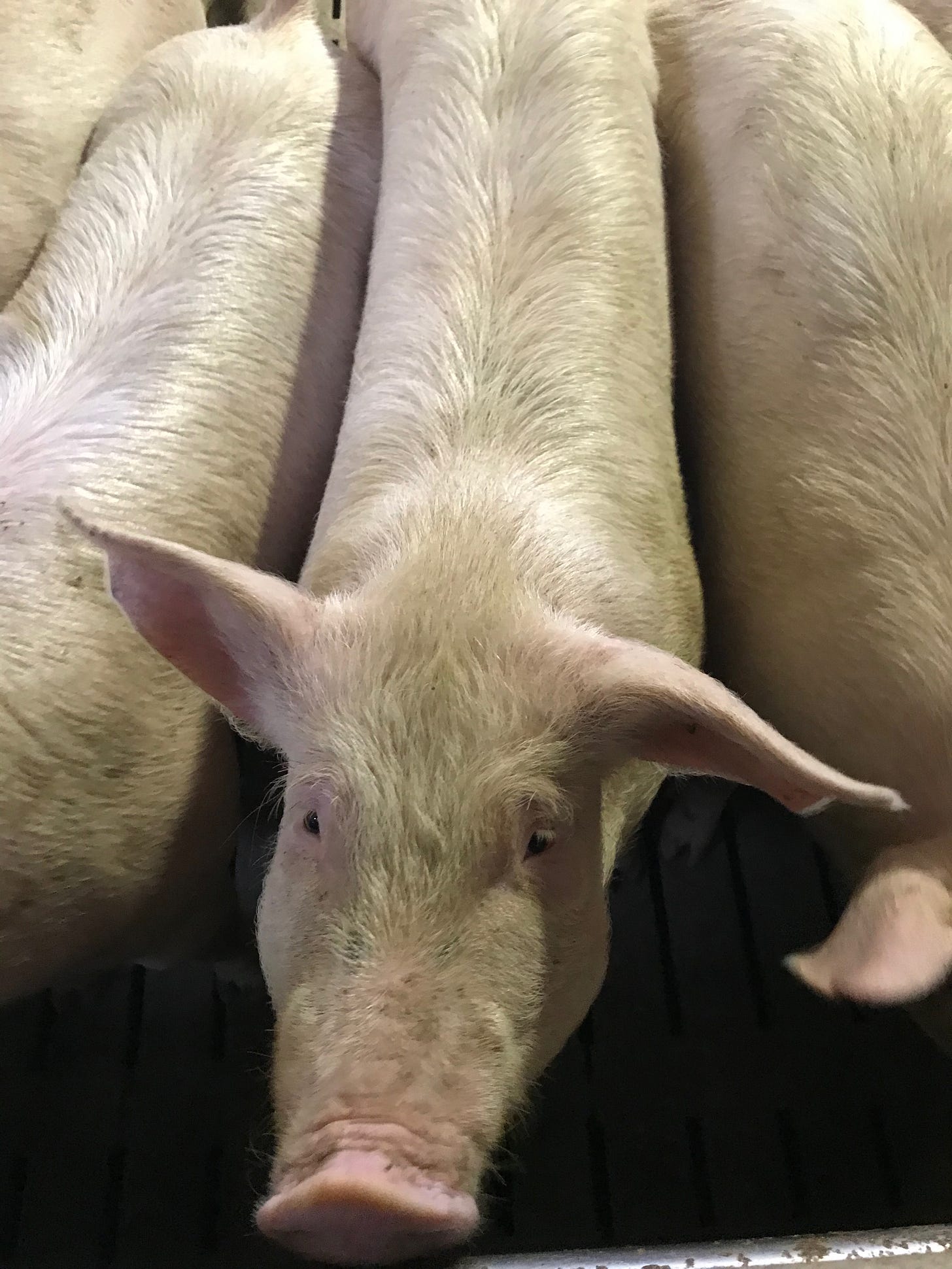Murder in the Kitchen (apologies to Alice B. Toklas)
Plus an apple-nut cake of ancient Maine tradition
My family lived in Cyprus off and on in the early 1970’s. That was before the Turkish invasion that split the island into two irreconcilable political entities, one Turkish, one Greek. Our village, Bellapais, on the island’s north coast, was built around the ruins of a 13th century Cistercian abbey the bells of which rang the hours throughout the day.
Bellapais was Greek but there were Turkish citrus farmers on the plain below and both sides amicably shared water rights through a series of irrigation channels controlled by the waterman. This was a quasi-mythical figure who, at specific hours of the day and night, opened gates or closed them according to ancient rules, divvying the water among all the farms. Sometimes late at night I heard the water start to surge down the channel past our house and I knew that the waterman was out there at his task. There was comfort in knowing he kept watch over fields and groves.
Once or twice a week a stoutly cheerful Greek woman named Youla came from a neighboring village to clean and tidy for us. In the early morning, she would walk along the irrigation channels over the mountain, often swinging a string bag that contained eggs from her chickens or a whole fat chicken itself, ready for roasting.
But not quite. Although the birds were slain and plucked, they had not been cleaned. Their innards were intact and it was my job to clean them out—liver, lungs, heart, stomach, intestines, and sometimes little golden blobs that would have become eggs had the chicken lived. It was an unpleasant task, made more so by the fact that the bird, slaughtered that morning, was still warm with body heat. It made me quite sick to my stomach to reach inside that warm corpus and pull out vital organs that might have been pulsing with life. Of course, they were not really throbbing, they had been dead for some hours, but the unhappy association of corpus with corpse was brought home to me poignantly.
Still, someone had to do it and that someone had to be me. I came of age in an America already used to meat neatly carved in portions, presented on styrofoam trays that rarely showed a trickle of blood, the whole wrapped in transparent plastic so you could see it but not touch it, as distant from its source as could be. My father kept a flock of chickens during World War II, and I have a vague memory of him chopping off their heads, and of dazed and headless chickens staggering around the back yard, but that was so very long ago that I may well have invented it. A chicken still warm with its life blood was something I had never encountered. But I had to do it. Otherwise we would not eat.
the kitchen is a place of violence. . .
“The kitchen,” writes poet Sandra Gilbert in her fine book, The Culinary Imagination, “is the locus classicus where the dead—whether animal or vegetable—are reshaped and transformed into substances that can sustain the lives of others.” Sometimes, as in my kitchen in Cyprus, that is more apparent than at others. Listening to all the macho talk recently of nose to tail eating, of pig roasts and whole hogs and butchering in which so many young, mostly guy chefs indulge themselves, I sometimes wonder how many of them have ever actually dispatched a chicken. Or pulled its guts out when they’re still blood-warm.
The kitchen is a place of violence—the flesh, meat or fish, is brought in dead or dying; the vegetables and fruits have lost their roots or their attachments to the plants on which they thrived. It’s the cook’s job to translate all this lifelessness, all this death, into something edible, even delicious, seductive, something that will keep us alive—to translate it into a creation, cooked or raw, that is as remote as possible from the living creature, whether vegetable or animal. Historians say that’s how the fork came into being—as a way to distance ourselves around the table from the murder of life that is at the heart of cuisine.
(You may think including vegetables and fruits in this mayhem is a bit extreme. But if you don’t think plants are sentient beings that actually experience life and death, you have only to read Michael Pollan’s brilliant but overlooked article in the The New Yorker (here) , which contends that plants are not “the mute, immobile furniture of our world” but rather intelligent, successful beings, “protagonists in their own dramas, highly skilled in the ways of contending in nature.”)
In Maine, where lobster at the shore is a frequent summer treat, we cheerfully dump living critters into pots of boiling sea water and listen to them scrabbling about inside until the inevitable occurs. We think nothing of it. But the one time I actually tried to kill a chicken by myself was not successful. It was in Italy, long after the Cyprus episode. I had seen Tuscan farmwomen wringing chickens’ necks as a quick and efficient way to dispose of them. I thought I understood the gesture. But the chicken I was handling seemed only to grow dizzy and would not give up the ghost. It took several tries and then the intervention of one of those neighboring farmwomen before the bird was safely dispatched. And I never attempted it again, preferring to buy my chickens already thoroughly done for, and chilled to boot.
My Tuscan neighbors no longer butcher a pig or two each year in early winter but when we first lived there, in the later 1970’s, they still kept a herd of half a dozen or more Large White pigs (that was actually the name of the breed—in Italian), from which one would be selected to slaughter right before Christmas, providing part of the holiday meal, and another around the feast of Saint Anthony Abbot on January 25th to add to the pantry store that provided much of their protein throughout the rest of the year. There was no electricity to run refrigerators or freezers at that time so anything that was not consumed fresh, at home or shared out with friends and neighbors (who were expected to reciprocate when their own pig’s time came)—anything else had to be preserved by salting.
The following content is for paid subscribers. To see it, please upgrade to paid.
Keep reading with a 7-day free trial
Subscribe to On the Kitchen Porch to keep reading this post and get 7 days of free access to the full post archives.





